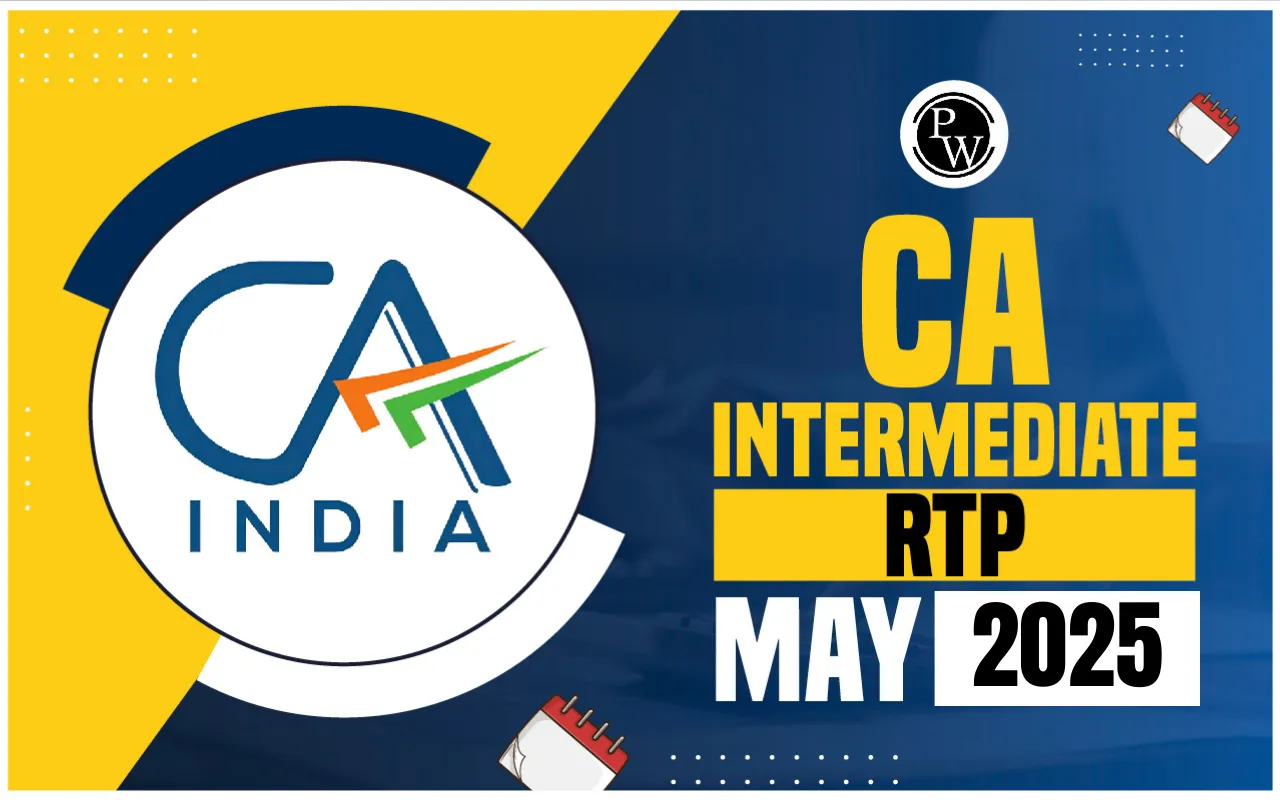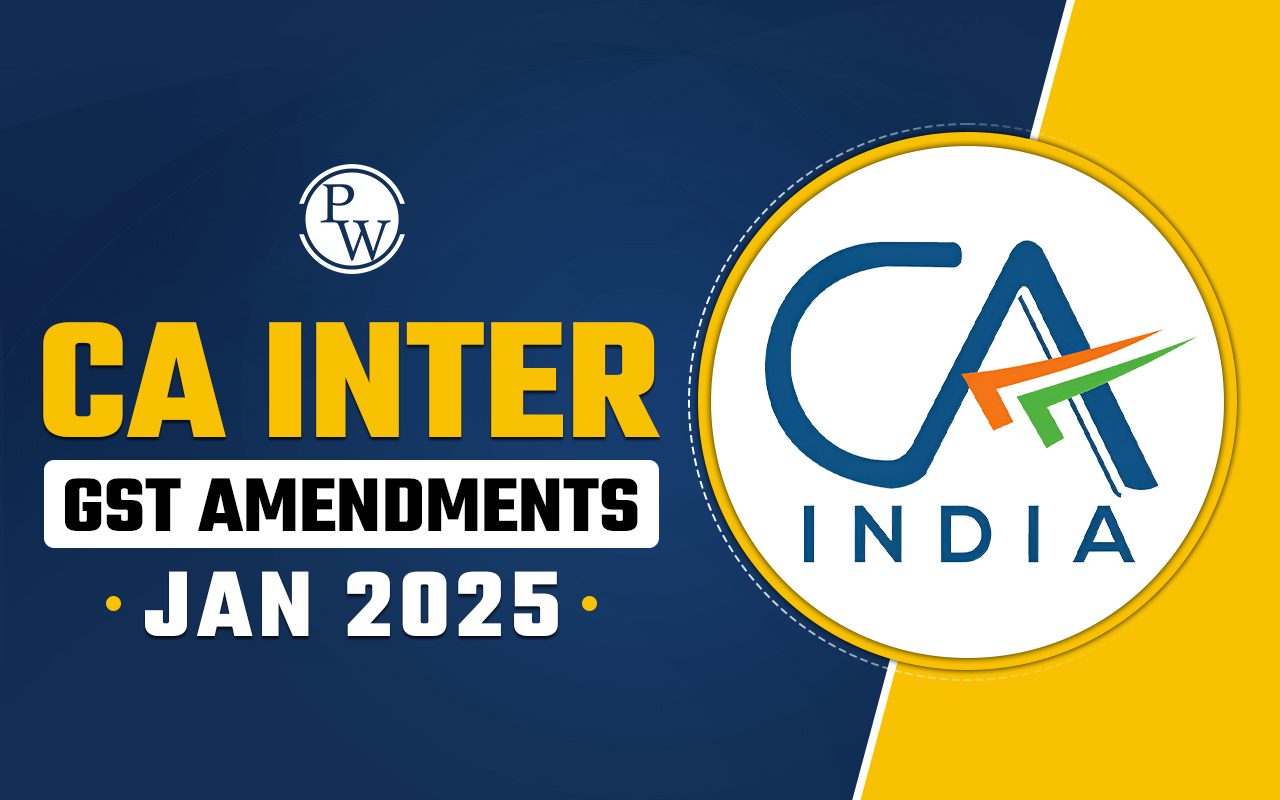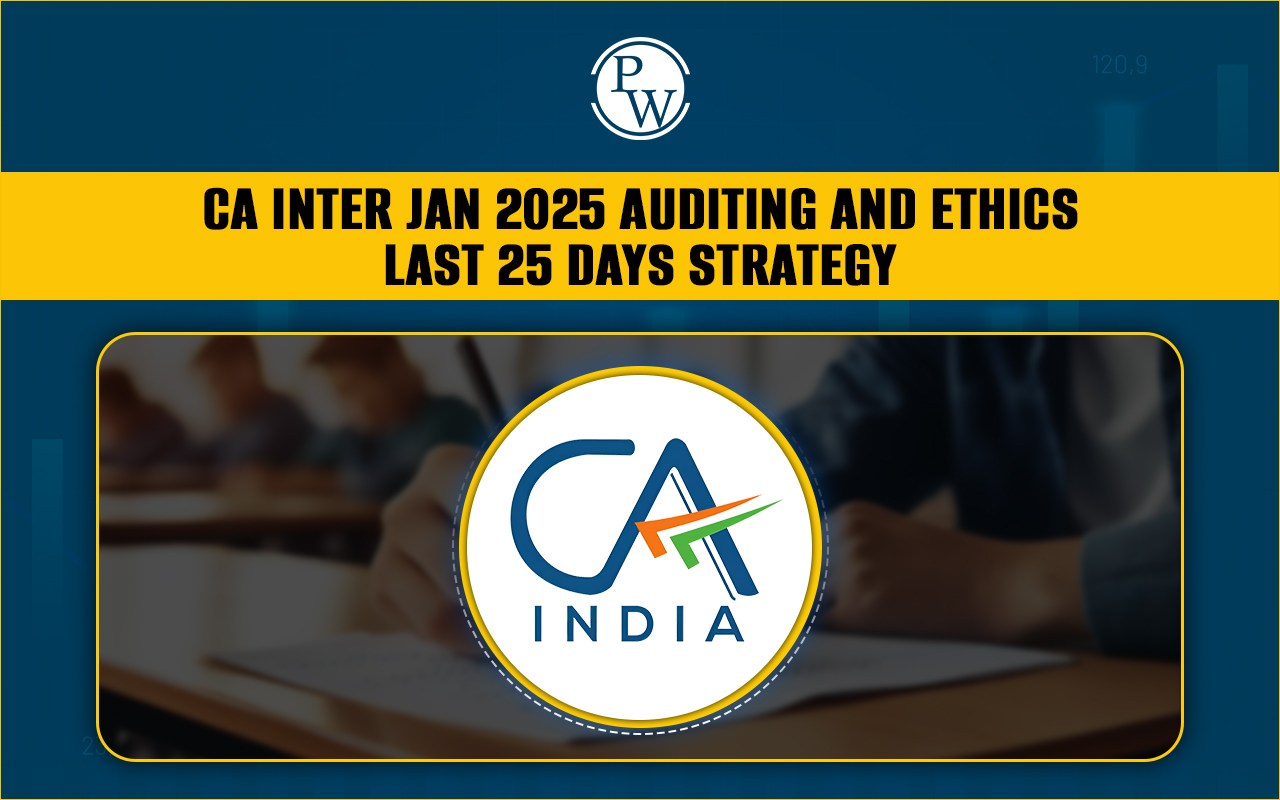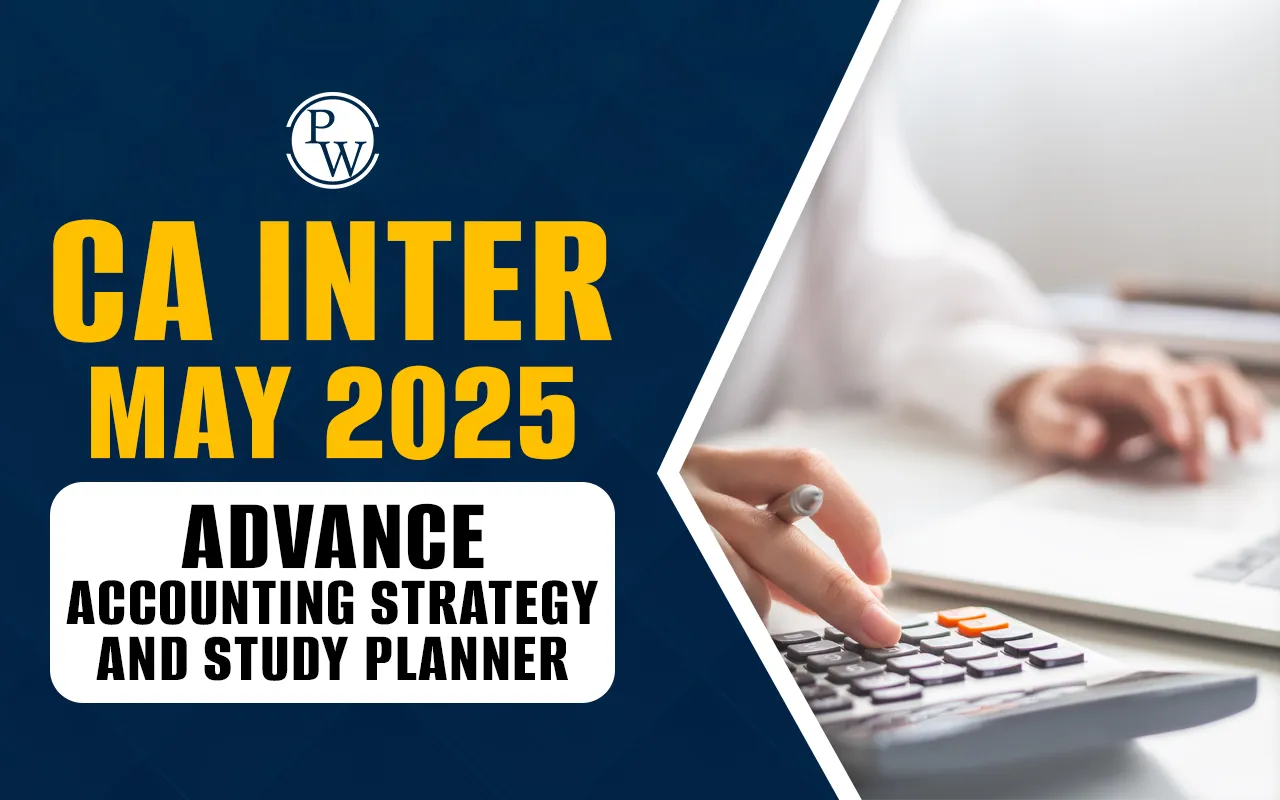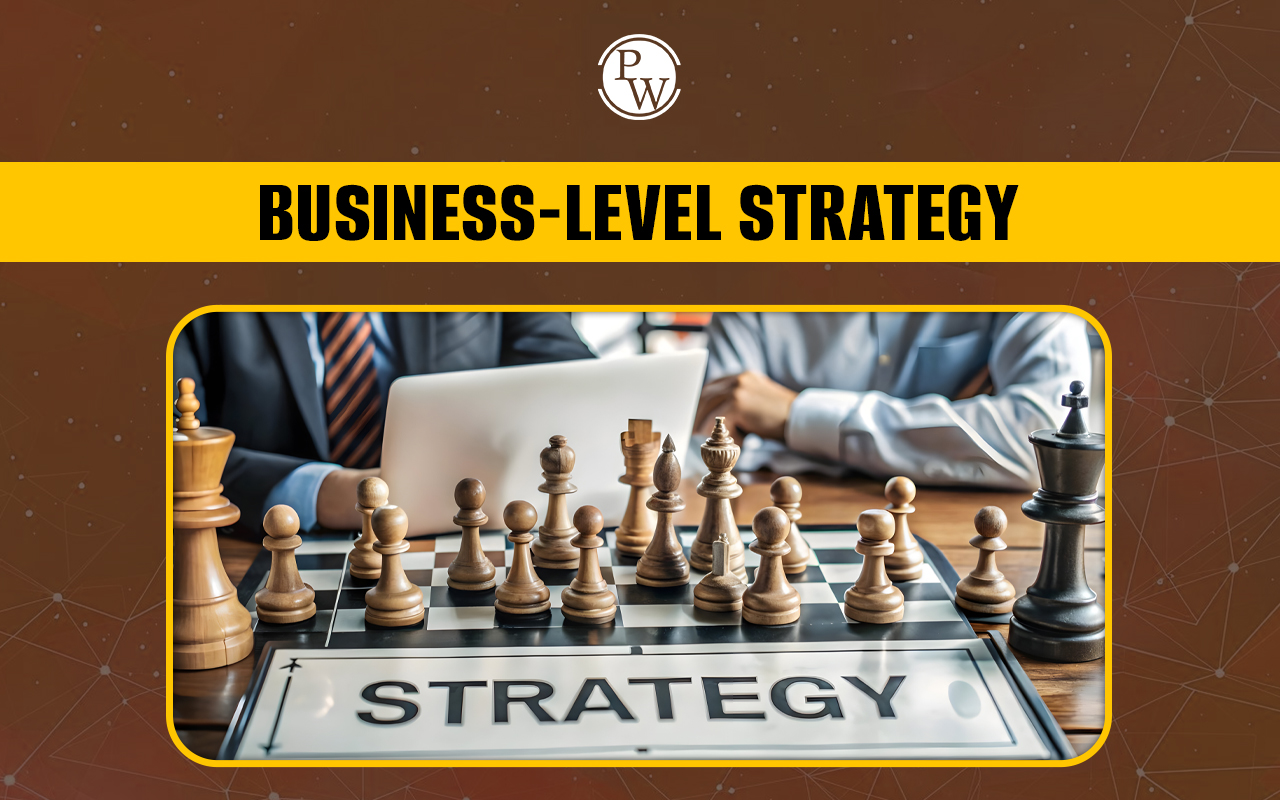
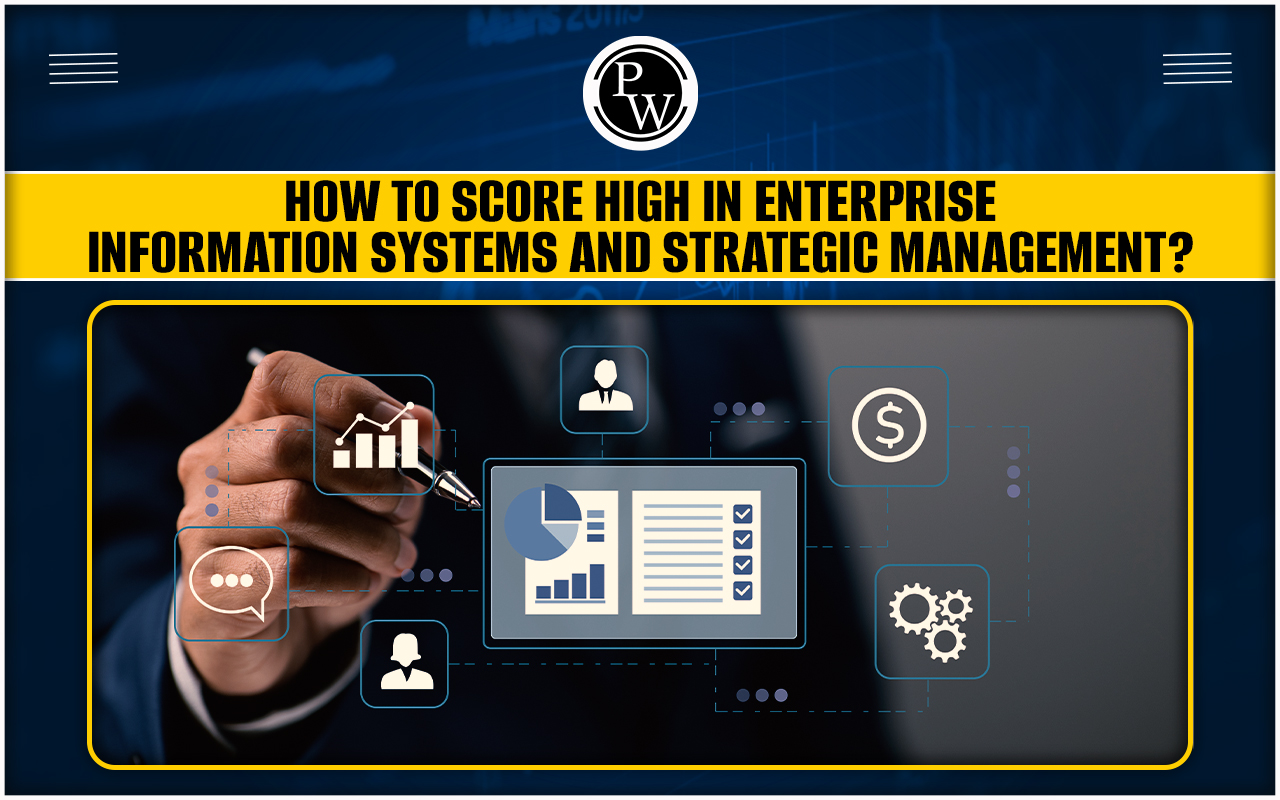
The CA Intermediate exams may seem distant, but it's important not to fall into the trap of neglecting your studies. Some students believe they can start preparing just a month or two before the exams, but this is a common misconception. To achieve good marks, it's crucial to begin your preparation at the start of the year.
Make the most of every minute you have for studying, as time tends to fly by quickly. Now, let's take a look at some helpful tips that can guide you through your preparation and help you succeed in Enterprise Information Systems and Strategic Management in the CA Intermediate exams .Enterprise Information Systems and Strategic Management
The subject is divided into two parts: Enterprise Information Systems and Strategic Management. Each part plays a significant role in equipping CA students with the necessary knowledge to excel in the corporate world. While EIS focuses on the technological aspects and their impact on business processes, SM deals with strategic planning and management principles.Enterprise Information Systems and Strategic Management Weightage
Here's a table outlining the chapter-wise marks weightage and the number of revisions required for each chapter of the Enterprise Information Systems and Strategic Management sections. This table will help you understand the importance of each chapter and plan your revision accordingly.| Enterprise Information Systems and Strategic Management Weightage | |||
| Section | Chapter Name | Marks Weightage | No. of Revisions Required |
| Section-A: Enterprise Information Systems | Automated Business Processes | 15 | 3 |
| Financial and Accounting Systems | 10 | 2 | |
| Information Systems and Their Components | 12 | 3 | |
| E-commerce, M-commerce, and Emerging Technologies | 10 | 3 | |
| Core Banking Systems | 10 | 3 | |
| Section-B: Strategic Management | Introduction to Strategic Management | 6 | 2 |
| Dynamics of Competitive Strategy | 10 | 3 | |
| Strategic Management Process | 8 | 3 | |
| Corporate Level Strategies | 8 | 3 | |
| Business Level Strategies | 6 | 2 | |
| Functional Level Strategies | 10 | 3 | |
| Organization and Strategic Leadership | 7 | 2 | |
| Strategy Implementation and Control | 12 | 3 | |
| Also Check: |
| CA Intermediate Exam Guide for Group 1 and Group 2 |
| CA Intermediate Previous Year Question Papers |
| Tips to Master Cost and Management Accounting for CA Intermediate |
Study Techniques for Enterprise Information Systems and Strategic Management
Your preparation for Enterprise Information Systems and Strategic Management should begin well before the exam date. Here’s how you can effectively study for this subject:Start with the ICAI Study Material
The ICAI study material should be your primary resource. It is comprehensive and aligned with the exam pattern. Make sure to thoroughly go through each chapter, as the exam questions are often directly based on this material.Regular Revision and Practice
Given the vast syllabus, regular revision is crucial. Make a revision schedule that allows you to go over each chapter multiple times before the exam. Practice writing answers as well; this will help you manage time during the exam and ensure that you can express your thoughts clearly and concisely.Diagrams and Flowcharts
In Enterprise Information Systems, diagrams and flowcharts can significantly enhance your answers. They not only make your answers look structured but also help in conveying complex processes in a simplified manner. Practice drawing these diagrams so that you can reproduce them quickly and accurately during the exam.Early Preparation
Start your preparation early to avoid last-minute cramming. This allows you to cover the syllabus at a comfortable pace and gives you ample time for revision.Allocate Time-Based on Difficulty
Divide your study time in a 40-60 ratio between Strategic Management and Enterprise Information Systems. Spend more time on topics that you find difficult or that carry more weight in the exam.Regular Breaks and Mock Tests
Take regular breaks to avoid burnout. Additionally, solving mock tests will help you get used to the exam pattern and time constraints. This will also help you identify areas where you need to focus more.Answer Writing Tips for EIS-SM Exam
Your performance in the exam is not just about what you know, but also about how well you present your answers in Enterprise Information Systems and Strategic Management exam.Start with the Easy Questions
Begin your exam with questions from Strategic Management and the MCQ section. These are typically less time-consuming and can boost your confidence. Allocate the first 20 minutes to MCQs, then move on to SM questions for the next 60-75 minutes, and finally tackle the EIS questions.Quality Over Quantity
It’s better to attempt 80-85 marks worth of questions with high-quality answers than to attempt all 100 marks with mediocre answers. Focus on delivering well-structured, concise, and technically accurate responses.Use Technical Language and Examples
Especially in Strategic Management, using technical language and real-life examples can greatly enhance your answers. This not only shows your understanding of the subject but also leaves a positive impression on the examiner.Common Mistakes to Avoid in EIS-SM Exam
Even with thorough preparation, there are common pitfalls that you should avoid during your Enterprise Information Systems and Strategic Management exam.Neglecting Revision
Revision is crucial, especially for a subject like EIS-SM where retention of concepts is key. Avoid leaving your revision until the last minute. Instead, incorporate regular revision sessions into your study plan.Overloading Your Answers
Avoid the temptation to write everything you know about a topic. Stick to what is relevant to the question and avoid unnecessary elaboration. The examiner is looking for quality, not quantity.Ignoring Diagrams and Flowcharts
Neglecting to use diagrams and flowcharts in EIS answers can cost you valuable marks. These visual elements can effectively communicate your understanding of processes and systems, making your answers stand out.EIS-SM Exam Past Trending Questions
Enterprise Information Systems and Strategic Management FAQs
What is the best strategy to prepare for the EIS-SM paper?
How important are diagrams and flowcharts in the EIS section?
What should be the time allocation between EIS and SM during preparation?
Is it necessary to attempt the entire 100 marks in the EIS-SM exam?

